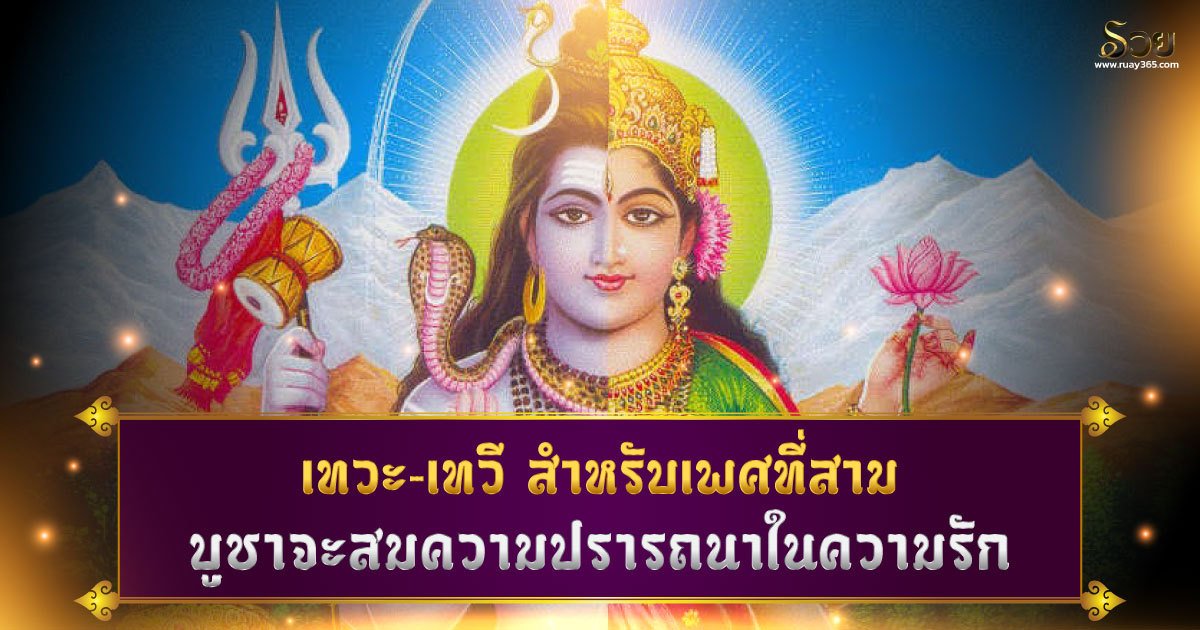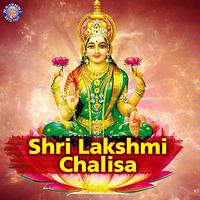

Traditionally it is repeated 108 times a day while keeping count on a strand of rudraksha beads. This mantra is repeated verbally or mentally, drawing the mind in upon itself to Lord Shiva's infinite, all-pervasive presence. Traditional 108+1 Rudraksha mala used for chanting Om Namah Shivaya Mantra The Tamil Saivaite hymn Tiruvacakam begins with the five letters 'Na' 'Ma' 'Śi' 'Vā' and 'Ya'.It is also referenced many times throughout the Śiva Purana as the "5 syllable Mantra" and "6 syllable mantra" when including Om. It appears in the Shiva Purana in the chapter 1.2.10 (Shabda-Brahma Tanu) and in its Vidyeshvara samhita and in chapter 13 of the Vayaviya samhita of the Shiva Purana as Om Namaḥ Śivāya.Tirumantiram, a scripture written in Tamil language, speaks of the meaning of the mantra.Whole Panchakshara Stotra is dedicated to this mantra.The mantra appears in the Rudrashtadhyayi which is a part of the Shukla Yajurveda.



Thus predates the use of Shiva as a proper name, in the original context being an address to Lord Rudra (later Shiva), where Shiva retains its original meaning as an adjective, meaning "auspicious, benign, friendly", a euphemistic epithet of Rudra. The Mantra appears as 'Na' 'Ma' 'Śi' 'Vā' and 'Ya' in the Shri Rudram hymn which is a part of the Krishna Yajurveda.Its total meaning is that "universal consciousness is one". In Siddha Shaivism and Shaiva Siddhanta Shaivism traditions, Namah Shivaya is considered as Pancha Bodha Tatva of Lord Shiva and his universal oneness of five elements: Namah Shivaya means "Adoration to Lord Shiva" this is preceded by the devotional syllable " Om". In the Rudrashtadhyayi, the mantra appears in the 5th chapter (also known as Namakam) verse 41. This mantra also appears in the Rudrashtadhyayi, a part of the Shukla Yajurveda. This means "Salutations unto Śiva the auspicious one, unto Śivatara the one than whom none more auspicious can exist". The mantra appears without the initial Om in the eighth hymn of Namakam(TS 4.5.8.1) as Namaḥ śivāya ca śivatarāya ca ( Sanskrit: नमः शिवाय च शिवतराय च). Name of both chapters are Namakam (chapter five) and Chamakam (chapter seven) respectively. Each chapter consist of eleven anuvaka or hymns. Shri Rudram hymn is taken from two chapters in fourth book of Taittiriya Samhita (TS 4.5, 4.7) of Krishna Yajurveda. This mantra is present in the Shri Rudram hymn which is part of the Krishna Yajurveda.


 0 kommentar(er)
0 kommentar(er)
